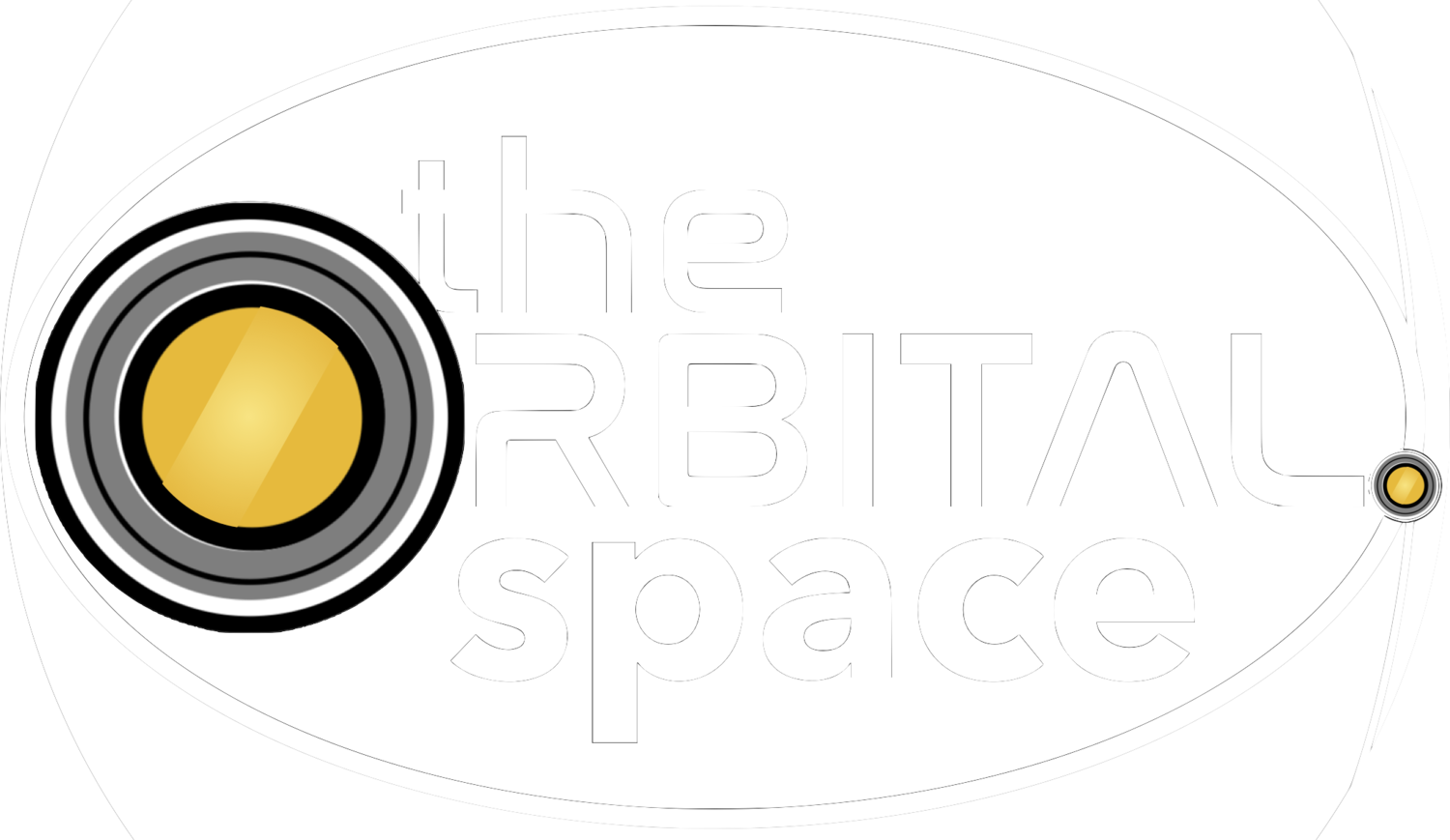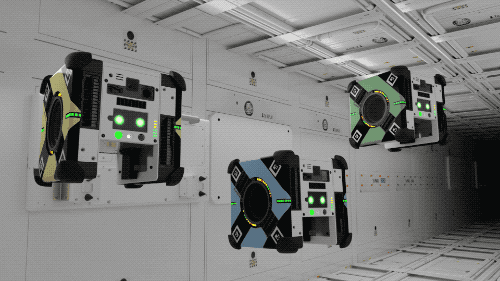Return to Gemini Program overview
Gemini VII
twice the time it takes to get to the moon
Gemini VII's 14-day mission provided NASA the opportunity to address a number of questions regarding the effects of long-duration spaceflight, including waste stowage and nutrition in space. Data gathered from Gemini V allowed Commander Frank Borman and pilot James Lovell to improve upon a number of issues experienced on previous flights, and greatly improved Gemini VII's ease of operations.
Whereas the crew of Gemini V experienced extremely dry skin and increased instances of dandruff - so bad that they reported skin flakes collecting on the spacecraft's consoles - the crew of Gemini VII showered with anti-dandruff shampoo in the weeks prior to their mission, and were supplied with sanitation wipes which kept the crew significantly cleaner than their predecessors. Scheduling parallel work and sleep hours between Gemini VII and their ground crews, Borman and Lovell completed a total of twenty experiments during their time in space; more than any other Gemini mission.
In addition to they myriad of experiments completed by the two astronauts, Borman and Lovell were also the only two Gemini astronauts to fly wearing the G5C spacesuit. A modified version of the G3C and G4C suits flown on the previous Gemini missions, the lightweight, and seemingly more snug G5C featured a zippered hood with a fixed visor worn over a modified Navy-style aviator helmet in place of the pressure helmet and neck ring of its predecessors. Though in their evaluation of the suit, Borman and Lovell expressed discomfort in having to wear it in Gemini's hot, cramped quarters.
Thankfully, two days into the mission, once confidences were high regarding the operation of the spacecraft's environmental systems, Borman and Lovell were able to remove their spacesuits; albeit not at the same time. Due to objections from NASA managers, it was initially required that one crew member be wearing his suit at all times.
The first man to take off his spacesuit during a flight,
Lovell's larger build provided an extra degree of difficulty in completing the task or disrobing, and ultimately delayed Borman's opportunity to do the same. Finally, 148 hours after liftoff, flight controllers ordered an over-heated and very sweaty Frank Borman to get out of his suit as they instructed Lovell to get back in his. Doctors at NASA hoped to evaluate the effects of being suited versus unsuited on the astronauts, and ultimately concluded that going suitless during "non-critical" mission phases greatly improved their comfort and mobility.
Eleven days into their mission, Gemini VII rendezvoused with Gemini VI-A.
Gemini VII photographed from Gemini VI-A
Originally scheduled to fly after Gemini VI, Gemini VII's 14-day mission changed slightly following the destruction of Gemini VI's Agena Target Vehicle shortly after liftoff on October 25, 1965. Given the loss of Gemini V's Radar Evaluation Pod (REP), the importance of completing a successful orbital rendezvous became paramount. It was therefore decided that the flight and crew of Gemini VI would fly concurrently with Gemini VII, as Gemini VI-A.
The three days following their rendezvous with Gemini VI-A were less than enjoyable, according to Borman and Lovell. With the anticipation of the rendezvous behind them, the crew of Gemini VII had little to do other than drift around the planet. At the suggestion of Pete Conrad, who had flown on Gemini V's 8-day mission, both Gemini VII astronauts brought books to pass the time; Mark Twain's Roughing It was read by Borman, and for Lovell, Drums along the Mohawk by Walter D. Edmonds.
Their final days in space weren't completely absent of engagement though, as malfunctions in the thrusters, mirroring those experienced by Gemini V, and a reduced power output from their fuel cells kept the men somewhat busy. Thankfully, the ship's battery power was enough to sustain it until its reentry and landing, just under 12 km from Gemini VII's targeted landing point.
Jim Lovell (L) and Frank Borman (R)









